
Bolivia
Bolivia is located in the central area of South America, and extends from the Central Andes, passing through part of the Chaco to the Amazon. Gather your kids and let’s learn about Bolivia!
QUICK STATS
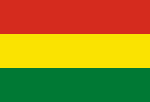
Bolivia is a landlocked country located in the central area of South America. It extends from the Central Andes, passing through part of the Chaco to the Amazon. It borders to the north and east with Brazil, to the east and southeast with Paraguay, to the south with Argentina, to the southwest with Chile, and to the northwest with Peru.
A brief history for kids to learn about Bolivia
The history of Bolivia is rich and varied. Indigenous peoples have inhabited the lands for thousands of years. They left a cultural legacy that has been transmitted from generation to generation.
However, it was during Spanish colonization that the history of Bolivia began to take shape.
Starting in the 16th century, the Spanish began to exploit the territory’s natural resources and impose their culture and religion. They forced the native peoples to work in the mines and on the farms, in extremely precarious conditions.
Despite exploitation and oppression, Bolivians never stopped fighting for their freedom and dignity.
In the 18th century, the rebellion of Túpac Amaru II in Peru inspired a series of indigenous rebellions across the continent, including that of Tomás Katari in Bolivia.
These rebellions were put down by force, but they laid the foundations for the independence movement that would emerge decades later.
In 1809, Bolivian Creoles rebelled against the Spanish colonial government, starting the independence movement in Bolivia. The fight for independence lasted more than a decade, and finally, in 1825, Bolivia became a free and sovereign country.
Since then, Bolivia has been a place of struggle for social justice, equality, and sovereignty.
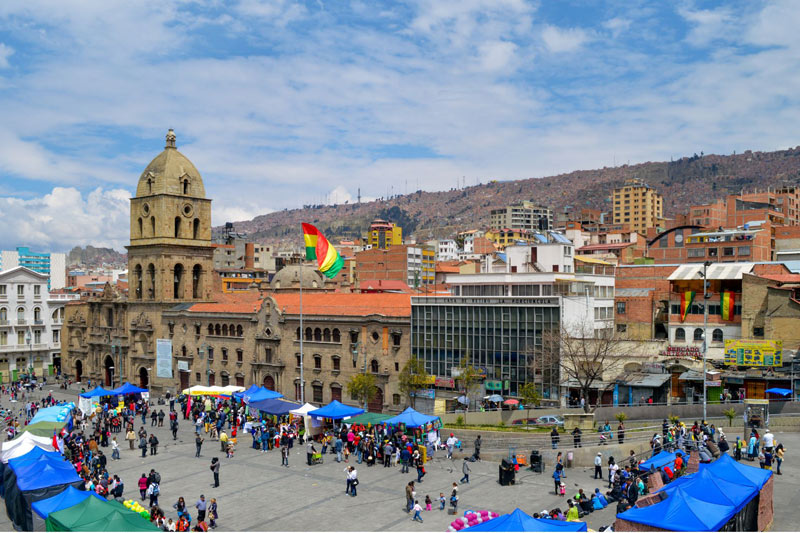
Fun facts about Bolivia for kids
- Bolivia is a place of incredible diversity. A large part of the country lies within the humid Amazon Basin and the inhospitable Chaco Desert. Around 36 different languages are spoken in Bolivia. It was declared a Plurinational State in 2009 to recognize its ethnic diversity.
- It has the highest navigable lake in the world. Lake Titicaca is stupendously large, incredibly old, and astonishingly high, at 3,812 meters (12,500 feet).
- At Torotoro National Park, near the city of Sucre (the Capital of Bolivia), archaeologists found the largest site of footprints of at least 8 species of dinosaur from the Cretaceous period. Due to tectonics, the site is now an almost vertical wall in which around 5,000 footprints can be seen.
Bolivian food
Bolivian food is wide and varied depending on the area: the valley, the plateau, and the plains. Each department or state of the country has several traditional dishes.
It is an amazing country thanks to its richness in culture, gastronomy, and people. This is due to the fertile and sacred land that has several ecological floors.
Bolivia has unique varieties of tubers (cassava, potatoes, oca), grains (quinoa, amaranth, cañihua), native fruits (motoyoé, ocoró), herbs, and medicinal and edible plants.
In Bolivia, there are more than 1000 varieties of potatoes. However, not even a quarter of them are produced for commercialization. Their use is only for local consumption to preserve the species.


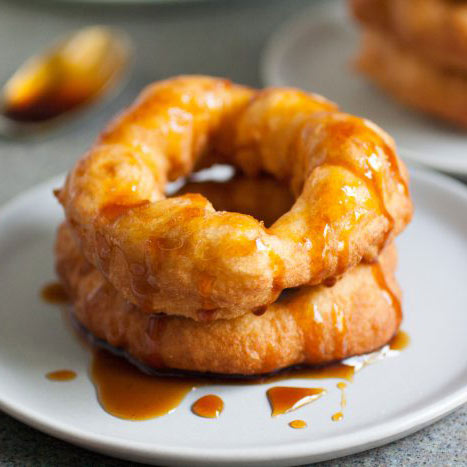
What do Bolivians eat? Facts for kids to learn about mealtime in Bolivia.
Bolivians eat one big meal at noon, and 3 smaller ones throughout the day.
Most schools go from 8 am to 12 pm or from 2 pm to 6 pm, so kids have all their meals at home and take a snack to school or money to buy cookies, fried plantains, or popcorn.
Breakfast (desayuno)
In La Paz, the summers are short, cool, and cloudy and the winters are long, very cold, dry, and partly cloudy. Over the year, the temperature generally varies from 28F to 60F. Because of that, breakfast meals are mainly hot, like this quinoa porridge with cheese on top.
There are a lot of street vendors where you can get a hot pipping soup before getting to work or grab a salteña (baked empanada).
Before going to school, many kids have a cup of hot chocolate or tea with a bread called marraqueta (similar to a French baguette), with a slice of cheese.
Lunch (almuerzo)
Lunch is the main meal in the whole country. It starts with soup, more like a broth with veggies and sometimes meat, like this peanut soup.
Then a second dish called segundo (second) is served. This one depends on the region. In the lowlands, rice, meat, plantains, or cassava are present. In the highlands, you find potatoes, meat, and corn.
Snack (siesta or hora del té)
Around 4 or 5 in the afternoon is time for siesta. In many South American countries siesta means to take a nap, but in Bolivia, this word can mean tea time as well. In many homes, this is their last meal of the day.
As a snack, people enjoy hot chocolate, mate, or coffee with empanadas, bread and cheese, tamales, or cheesy cassava bread (cuñapé).
Dinner (cena)
Heating leftovers from lunch is very common for dinner. This meal tends to be for the males in the house, while kids and the females are done with food for the day after their siesta.
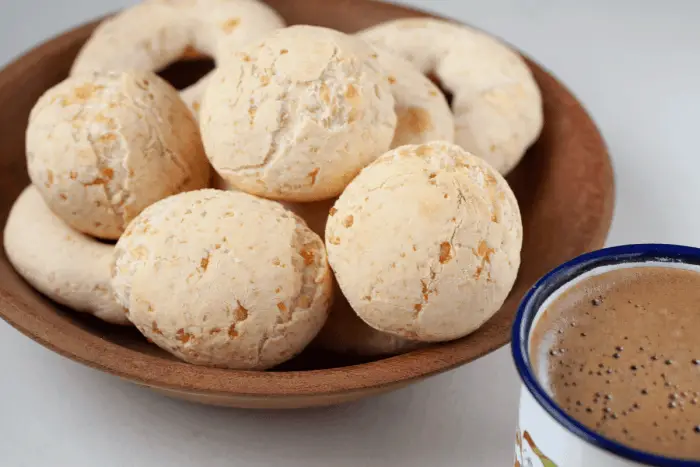
Food etiquette in Bolivia
When arriving at a dinner party, arrive 1 hour later than the set time. Greet everyone with a kiss and a shake of a hand if you are female, and males shake hands with each other and greet with a kiss the opposite sex. Greetings are essential in Bolivian culture.
If invited to someone’s home, bring a small gift, such as flowers, dessert, or wine to show appreciation.
In some homes, the plates are already served and brought to the table. Other places can be self-service.
It’s considered polite to finish everything on your plate.
Bolivian food by region
Bolivian gastronomy shines for its variety, it is based on traditional products of the area such as fruits and vegetables, meats, wheat, and corn, among others, with which succulent dishes are prepared. Its cuisine varies depending on the geographical area of this country, that is, each region has its characteristic flavor.
Andean Region
The cuisine of the Andean region is characterized by the use of potatoes and meat in the recipes, as well as a variety of chili peppers.
Valley Region
In the Bolivian valleys, the use of corn is abundant and more vegetables and fruits are used.
Eastern Region
In eastern Bolivia, you find cassava, plantains, beef jerky (charque), and as in the valleys, more vegetables and fruits.
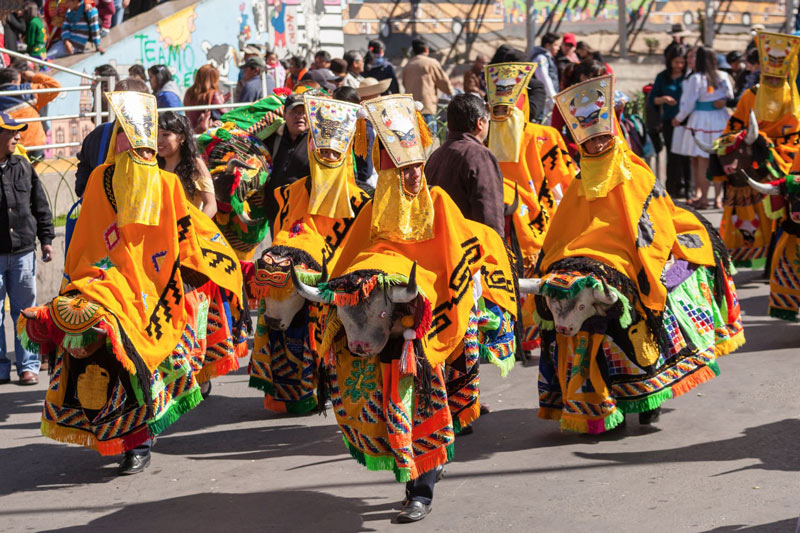
Holidays in Bolivia
Discussing holidays is a great way for kids to learn about Bolivia. Some holidays may be familiar but the celebrations take on the local culture.
Carnaval (Date varies February or March)
Carnaval in Bolivia is big. This holiday is a 3-4 day celebration before Ash Wednesday (when the Christian season of Lent begins). Kids don’t go to school during those days. Because is summertime, this is a special time for kids to play with water balloons and water guns. Teens are more daring, filling their water balloons with colored water and throwing them to people walking on the street or riding their bikes.
Adults go out dancing in the streets accompanied by a band or sicuris (musical groups accompanied by panpipes, quenas, charangos, and other traditional instruments) that perform traditional songs of the region.
Each department of Bolivia celebrates Carnival in its own way, but among the most notable is the Oruro Carnival. Its duration is 6 days, and more than 28 thousand dancers and 10 thousand musicians participate in the parade to carry out the pilgrimage to the Sanctuary of the Virgin of Socavón.
Semana Santa (Holy Week, date varies April or May)
Holy Week in Bolivia is filled with religious rituals, like the continuation of not eating red meat during Lent.
Fasting on Good Friday: Fasting and abstaining from eating food for a few hours on the Friday before Easter is a sign that people are mourning the death of Jesus. For this reason, many families choose to do it until noon as a gesture of penance that helps purify the body and soul.
Twelve traditional dishes: After the voluntary fast that ends at noon on Good Friday, the population usually eats 12 traditional dishes that represent the 12 apostles. This is a very old Holy Week tradition in which foods such as bread soup, pumpkin soup, and rice pudding are consumed. Pears, grapes, apples, and sweet pastries are enjoyed as well.
Family time: By becoming a holiday that is connected with the weekend, many people take advantage of it to rest and share with their family or friends.
Independence Day (August 6th)
August 6th, Independence Day, is celebrated throughout the country. Kids of all ages prepare traditional songs, dances, and poems to share with their classmates and family members who come to their schools for the presentations.
Navidad (Christmas, December 24th)
Navidad or Christmas is celebrated on the 24th of December. People gather with their families at night. While kids play outside with fireworks, adults are busy preparing the meal, which is eaten at 11 or midnight.
After dinner, in many homes there is music and the party goes on until 5 or 6 am. On the 25th most people sleep in and have a late lunch while visiting other relatives.
Nowadays, many families share presents on the night of the 24th as well.
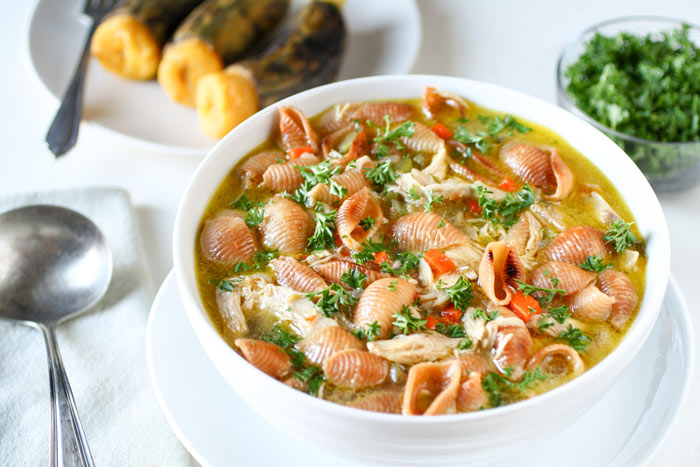
At-home ideas for kids to learn about Bolivia
As a part of your homeschool Bolivia unit study or as a supplement to your child’s South America unit at school, try some of these ideas at home!
- Have your kids make their own Carnaval masks inspired by the styles from Bolivia. (Here’s a quick tutorial.) Then have a party! (If possible get out some water balloons!)
- Get your kids into the kitchen and make some Bolivian empanadas! There are baked versions and fried versions.
- Learn an Aymara song about the family. The lyrics say: “My grandpa, my grandma, my dad, my mom, my older sister, my younger brother, and my baby”.
- Try some cassava recipes. Cassava starch (flour) is fairly easy to find online and in some specialty grocery stores. Get your kids into the kitchen and bake up some Bolivian cassava cheese bread (cuñapé) or cheesy crackers.
- Use Word Hippo to look up the pronunciation of specific words in Spanish.
This article was contributed by Lizet from ChipaByTheDozen.com. Lizet is Bolivian and, until recently, lived in Paraguay. Through friends and travel she has developed her love of food. You can find more of Lizet’s tasty creations on her website ChipaByTheDozen.com. You can also find her on Instagram and Facebook.

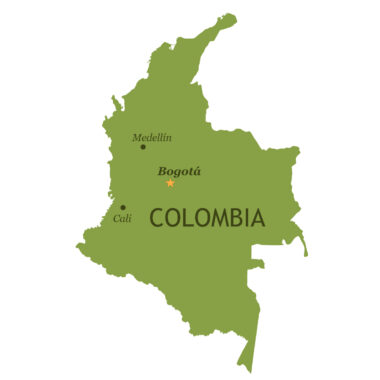
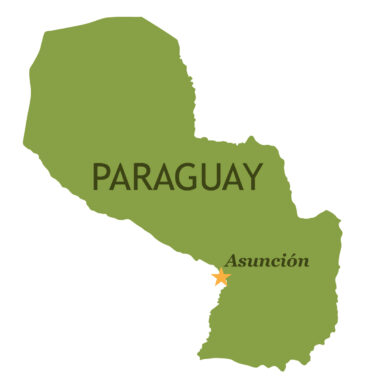
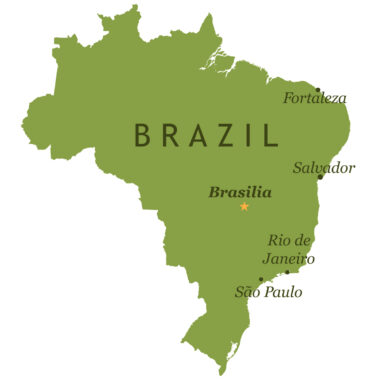


Have a Question/Comment?